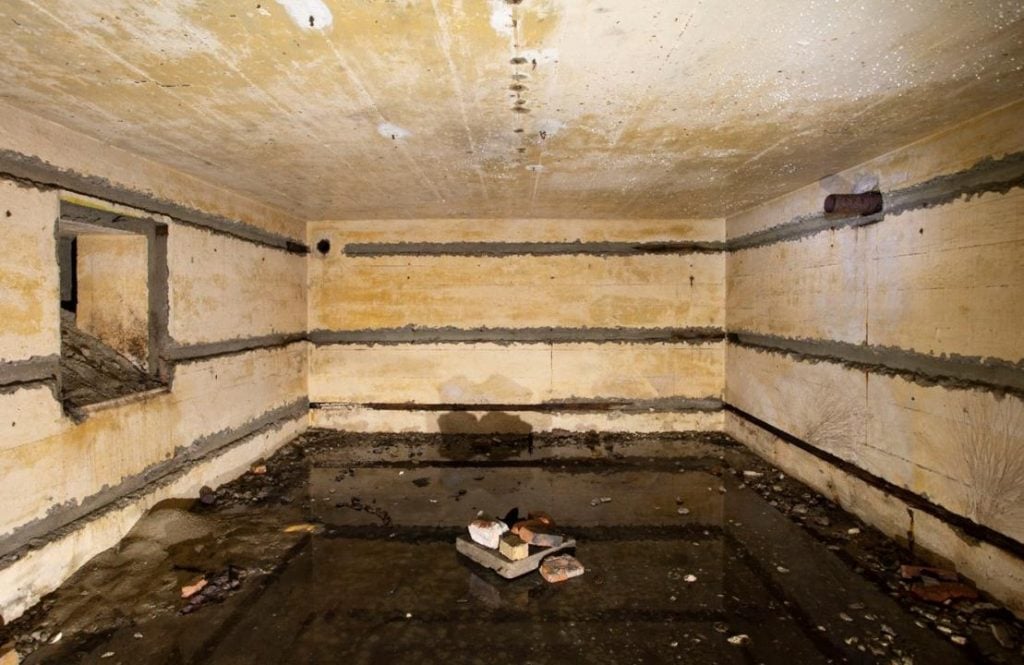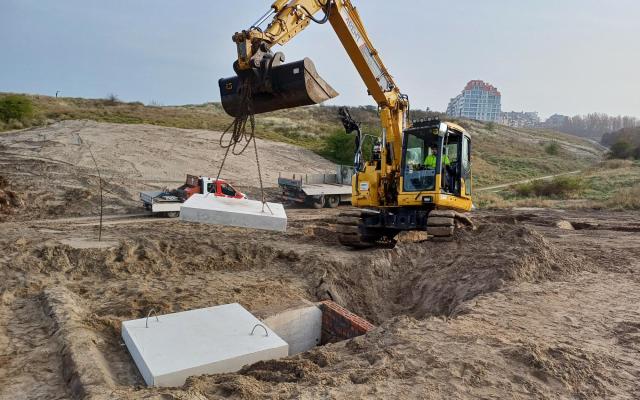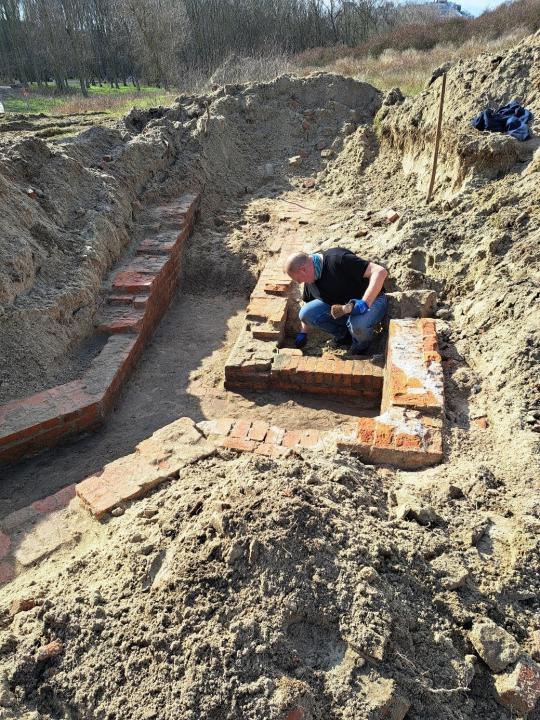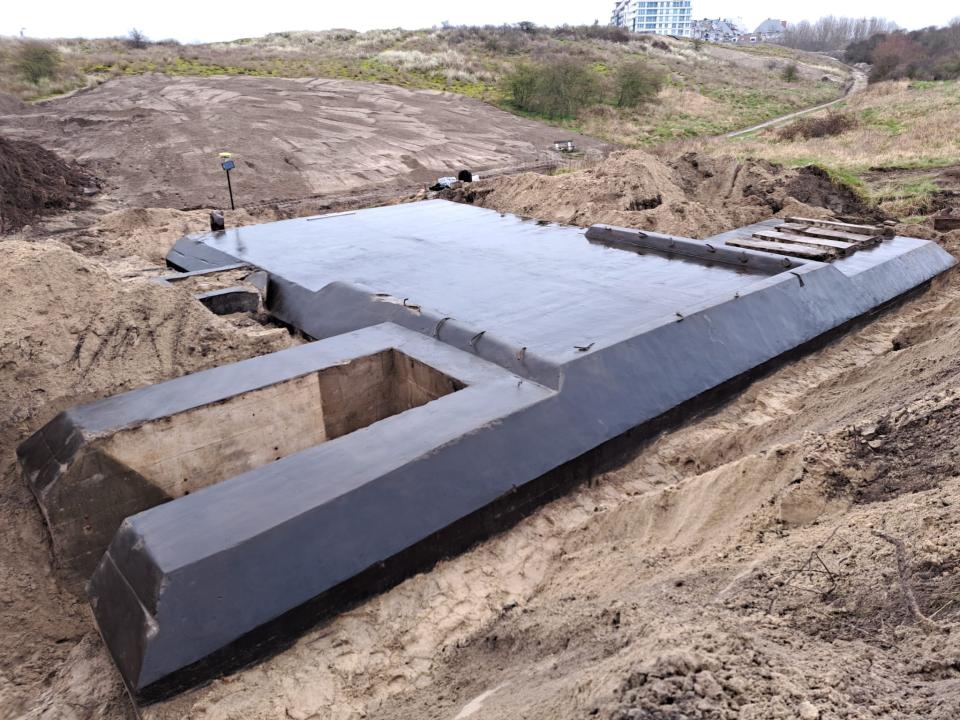Archaeology & History
Belgian Archaeologists Discover Lost Bunkers During Routine Park Maintenance
The ruins in Knokke-Heist were used during World War II.

The ruins in Knokke-Heist were used during World War II.

Vittoria Benzine

Routine maintenance on the dirt and sand dunes of Director-General Willemspark in Knokke-Heist, Belgium, has unearthed World War II ruins hiding just inches beneath contemporary visitors’ feet.
The municipality announced this week that while removing invasive plants as part of the Life Dunias park restoration program, they discovered three buried bunkers, alongside trenches, ammunition, and extensive rubble.
The park’s 20-hectare site served as a German fortress during the Flanders invasions of both the World War I and II. “There were also two artillery batteries from the First World War in the park,” archaeologist Sam De Decker told Artnet News. “The (German) bunkers and the other war structures that we found were built from 1942 onwards and all date from WWII.”

Excavation underway on the bunkers. Courtesy of the Municipality of Knokke-Heist
By 1943, the fortress formed part of the “Atlantic Wall”, shielding the Nazis from an oceanic Allied attack. Aerial photographs, accounts from resistance fighters, and post-war measurements record that, at its height, the Nazi base, named Stützpunkt Heyst, and according to a press release, consisted of 60 structures “from small ammunition bunkers to large crew quarters,” all linked by barriers, trenches, and roads. Heavy artillery and an anti-tank wall with tram access sheltered the fortress.
Germany destroyed numerous war facilities as their defeat neared. In many cases, Belgium finished the job. Here, the Germans covered their base with the eventual foundation for Willemspark, which features a playground and a lake, in addition to its rolling dunes, and hosts all kinds of vegetation.

An archaeologist examining bunker remnants. Courtesy of the Municipality of Knokke-Heist
By the time Life Dunias went in to conduct their maintenance, all that remained beneath the surface were three previously known but henceforth unseen single-room bunkers, each measuring six by seven meters, with walls and roofs all built from a meter of reinforced concrete, as well as overtop roof entrances. The archaeologists sent to map the finds also examined two brick trenches, a fragment of a concrete track, and a water well. De Decker told VRT that if crew dug for at least four winters, they’d find a whole lot more.
However, crews only focused on what their efforts unearthed, including an “impressive” amount of rubble—mostly large brick and concrete chunks from the demolitions.
“There is also a lot of recent rubbish among that rubble,” De Decker wrote in an email, “which makes it difficult to attribute certain utensils (such as ceramics, glass or metal objects) to the war with certainty.” Still, fragments of metal water pipes and cables for phone and electricity utilities serves to “illustrate that the entire war site had been thoroughly developed.”

Aerial view of a bunker. Courtesy of the Municipality of Knokke-Heist
The bunkers won’t become a new tourist attraction. In fact, officials made an uncharacteristic move by re-covering and preserving the ruins. According to De Decker, an attraction would open issues around safety, accessibility, environmental impact, and vandalism, given the harsh emotions it would spark.
“Moreover, it is practically impossible to open up all the preserved bunkers on the Belgian coast,” he added, “but perhaps that is not necessary to tell the story?” He concluded that, if future generations want to, they simply have to dust these bunkers off.